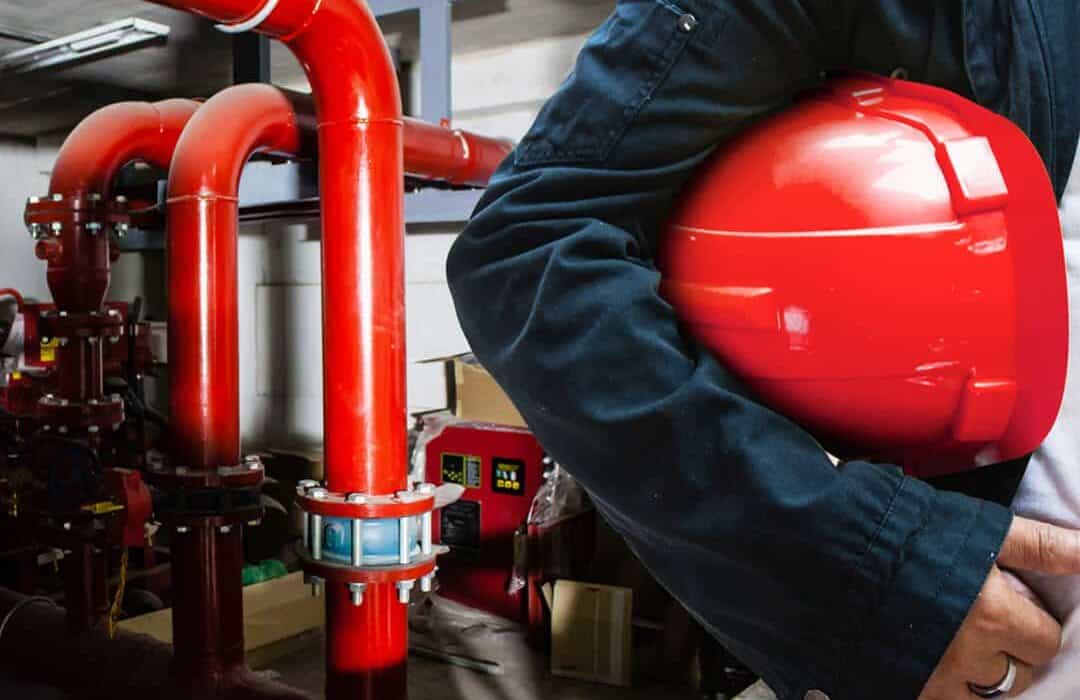The Fires of Transformation: Advancements in Fire Safety Services
Fire prevention is an important aspect of both personal and workplace spaces, influencing how we shield our residences, enterprises, and loved ones. With heightened awareness of the risks posed by fire risks, the demand for effective fire safety services has become more critical. Improvements in this field are not just changing the way we approach fire safety and reaction, but are also protecting lives and minimizing property damage. From innovative solutions that boost fire identification to extensive training programs aimed at preparedness, these advancements form the backbone of modern fire safety standards.
As we examine the developing landscape of fire safety services, it becomes apparent that knowledge and preparedness are key elements in staving off disasters. Recognizing the significance of fire drills, conducting regular risk assessments, and making sure compliance with safety regulations are all vital steps in protecting our environments. Moreover, recognizing common fire hazards in homes and businesses allows people and entities to take anticipatory measures. In this write-up, we will explore necessary tips, strategies, and the latest innovations that are defining the future of fire safety, providing insights for anyone from property owners to different sectors.
Important Fire Safety Tips
Introducing effective fire safety measures is critical for protecting your home and business from potential fire hazards. Start by ensuring that smoke alarms are installed throughout your property. These devices should be checked monthly, and the batteries changed at least once a year. Smoke alarms play a key role in early fire detection, giving you valuable time to evacuate and call for help if necessary. Moreover, it is wise to have fire extinguishers readily accessible, especially in high-risk areas such as kitchens and garages. Educate yourself with how to operate them and make sure they are cared for and serviced regularly.
Creating a detailed fire escape plan is an additional vital step in protecting lives. This plan should encompass distinct escape routes and designated meeting points outside, guaranteeing that every family member or employee knows how to exit without incident in case of an emergency. Conduct frequent fire drills to practice the plan, ensuring it is familiar to everyone involved. Consider individuals with disabilities while planning and ensure that fire exits are never blocked or obstructed. By reviewing your escape plan, you enhance the likelihood of a safe and swift evacuation during an actual fire event.

Understanding of common fire hazards can further aid in fire prevention. Regularly inspect your home or workplace for potential risks, including damaged electrical wiring, overloaded outlets, and improperly stored flammable materials. In kitchens, be careful with cooking equipment; be alert while cooking and keep flammable items away from hot surfaces. During winter months, take care to service heating appliances and use them according to manufacturer guidelines. By recognizing and addressing these hazards, you can significantly reduce the risk of a fire happening in your environment.
Fire Safety Preparation and Preparedness
Effective fire safety planning is essential for both residences and businesses. Identifying common fire hazards and executing preventive measures can drastically reduce the risk of a fire occurring. Essential tips include making sure that flammable materials are stored securely, keeping exits unobstructed, and utilizing fireproofing techniques for your property. By performing regular fire risk assessments, homeowners and business owners can detect vulnerabilities and take preemptive steps to reduce risks.
An additional critical component of fire safety preparedness is creating an actionable fire escape plan. This plan should outline clearly marked escape routes, designated meeting points, and specific roles for family members or employees during an emergency. Regular fire drills reinforce this plan and ensure everyone knows what to do in case of a fire, enhancing both preparedness and confidence in emergency situations. It's crucial to review and practice this plan regularly to ensure readiness.
In addition, integrating advanced fire safety technologies, such as smoke alarms and fire suppression systems, can enhance preparedness greatly. Regular maintenance and testing of these devices are crucial to ensure they operate correctly when needed. Businesses should also emphasize training employees on fire safety protocols, as it empowers them to respond effectively to fires. By prioritizing these practices, individuals and organizations can foster a culture of fire safety that shields lives and property.
Innovations in Fire Safety Innovations
Recent advancements in fire protection technology have changed the way businesses and residences approach fire protection. One of the most notable innovations is the combination of smart technology into fire detection and suppression systems. Connected smoke detectors can now link with smartphones, providing instant alerts and updates on fire risks, while smart fire extinguishers equipped with sensors can guide users on the best techniques for putting out different types of fires, enhancing the performance of fire responses.
Another breakthrough in fire safety technology is the creation of cutting-edge fire suppression systems. These systems utilize environmentally friendly agents and can be adapted based on the specific needs of various locations, such as kitchens, data centers, and warehouses. The adoption of misting systems, which use microscopic water droplets to douse fires, minimizes water damage while efficiently controlling flames. Fire Safety Strategy improve safety but also reduce the collateral damage often associated with traditional firefighting methods.
Ultimately, the impact of artificial intelligence and the Internet of Things in fire safety cannot be neglected. AI-driven systems evaluate data from different sources, anticipating potential fire hazards and instantly adjusting fire safety measures accordingly. IoT devices can provide continuous monitoring of fire risks in actual time, allowing for proactive rather than reactive strategies. As these technologies continue to evolve, they are set to enhance fire protection, making it more intelligent, less wasteful, and ultimately saving human lives and possessions.